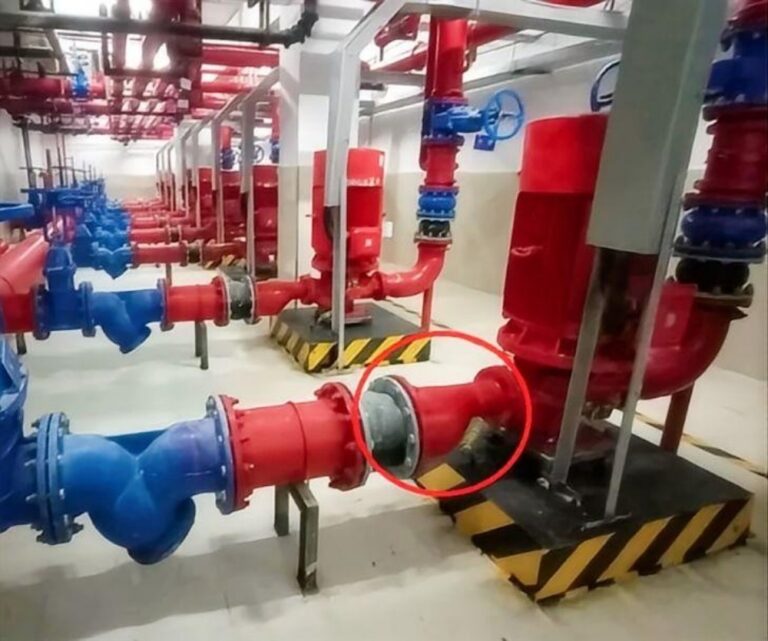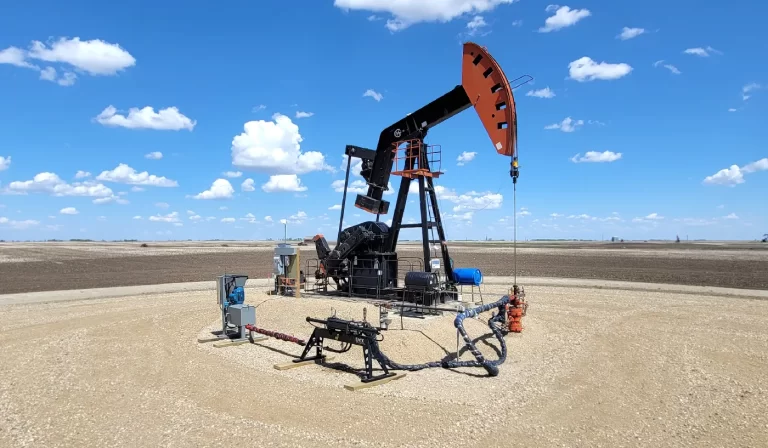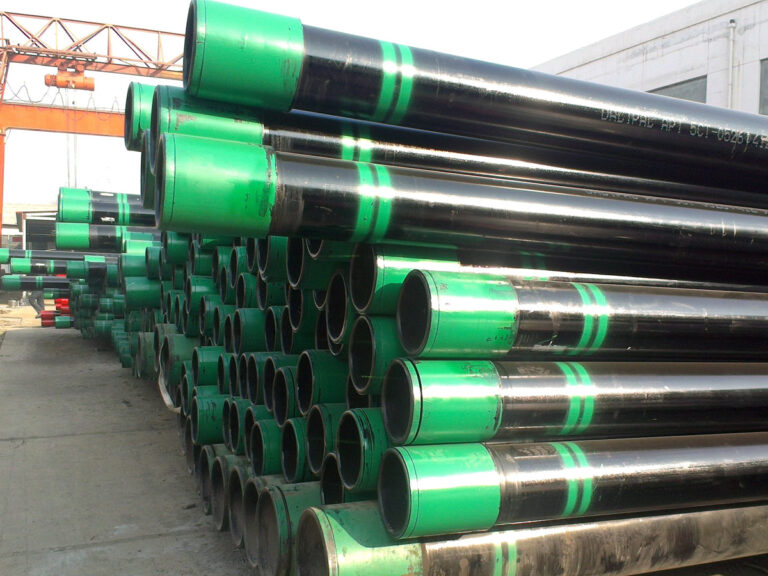Oil casing, how much do you know?
Table of contents
- What is oil casing
- Oil casing specifications table
- How to choose oil casing
- Industry standard
- API 5CT
- Summarize
Oil casing is an important part of the petroleum industry, and its safety and reliability requirements are extremely high.
What is oil casing
Oil casing, also known as oil pipe, refers to the steel pipe set up in the oil well to act as a pillar. It is mainly used to fix the oil layer, prevent the well wall from collapsing, and transport oil and gas.
Oil casing is usually made of steel materials, which has high strength and corrosion resistance, and can adapt to the harsh oil field environment and high-pressure and high-temperature oil and gas well production.
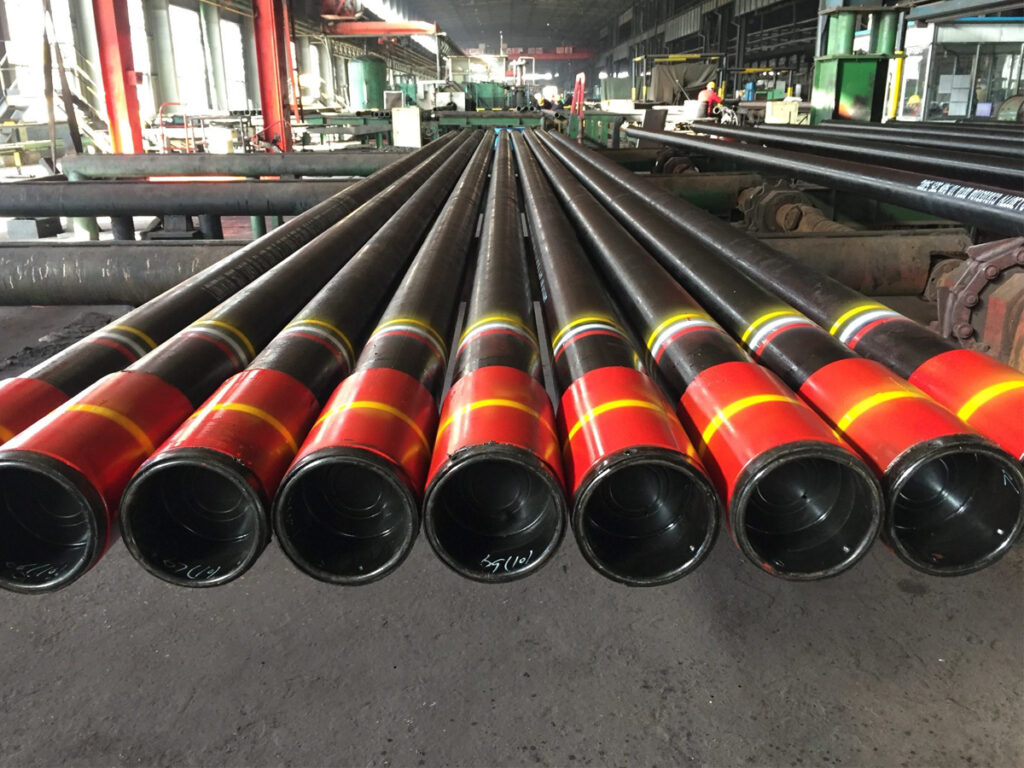
Oil casing specifications table
Countries have formulated a series of standards related to oil and casing.
Casing diameter
The diameter of oil casing is usually specified in inches. Commonly used casing diameter specifications include 2 3/8 inches, 2 7/8 inches, 3 1/2 inches, 4 inches, 4 1/2 inches, 5 inches, etc.
Casings of different diameters can handle different well depths and production rates.
Casing wall thickness
Casing wall thickness refers to the thickness of the inner and outer walls of the casing and is usually specified in inches. Commonly used casing wall thickness specifications include 5.21mm, 6.45mm, 7.35mm, 8.56mm, etc.
Casings with different wall thicknesses can withstand different internal and external pressures and tensile strengths, adapting to different oilfield environments and production processes.
Casing steel grade
Casing steel grade refers to the variety and performance of the steel used in the casing. Common casing steel grades include H40, J55, K55, N80, P110, etc.
Casings of different steel grades have different corrosion resistance, plasticity, strength and other characteristics, and can cope with different oil well environments and production needs.
Casing length
Casing length refers to the length of a complete section of oil casing, usually specified in feet. Common oil casing lengths are 20ft, 30ft, 40ft, etc.
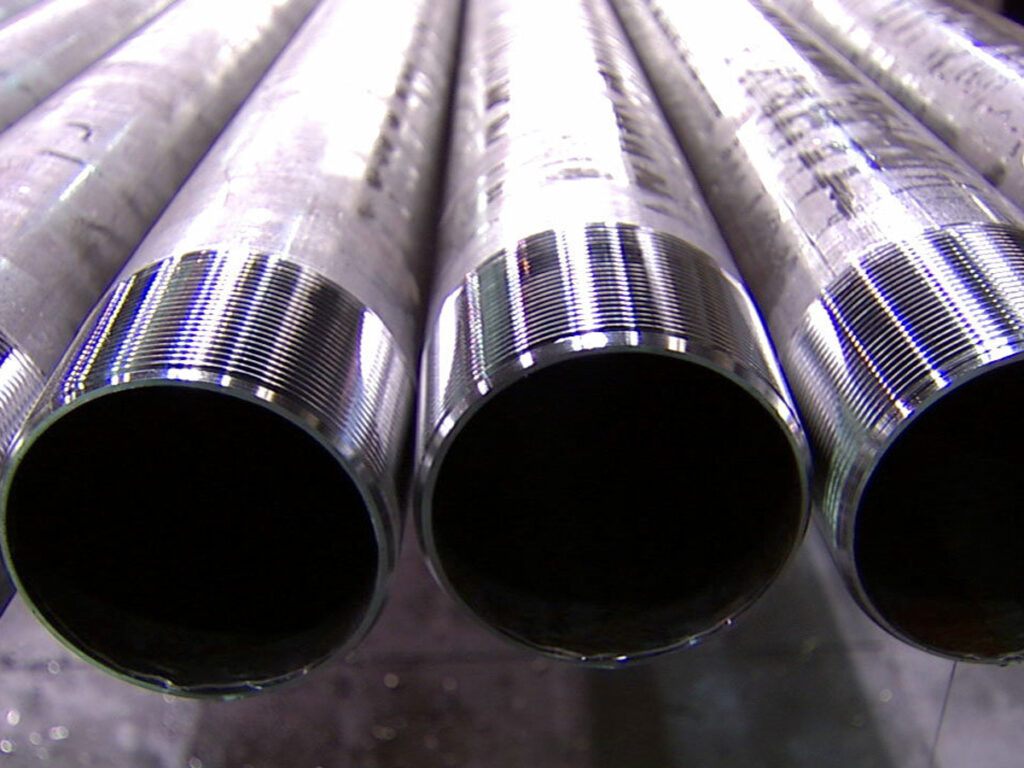
How to choose oil casing
When selecting oil casing, many factors need to be considered, including oil well depth, production, ambient temperature, oil and gas composition, etc.
Generally speaking, the selection of casing diameter and wall thickness should be determined based on the depth of the oil well and the pressure and temperature of the well section; the selection of casing steel grade should be determined based on the geological conditions of the oil well, water content, oil and gas composition, etc.; selection The casing length should be determined by taking into account the total depth of the oil well and the length of the well section that needs to be fixed.
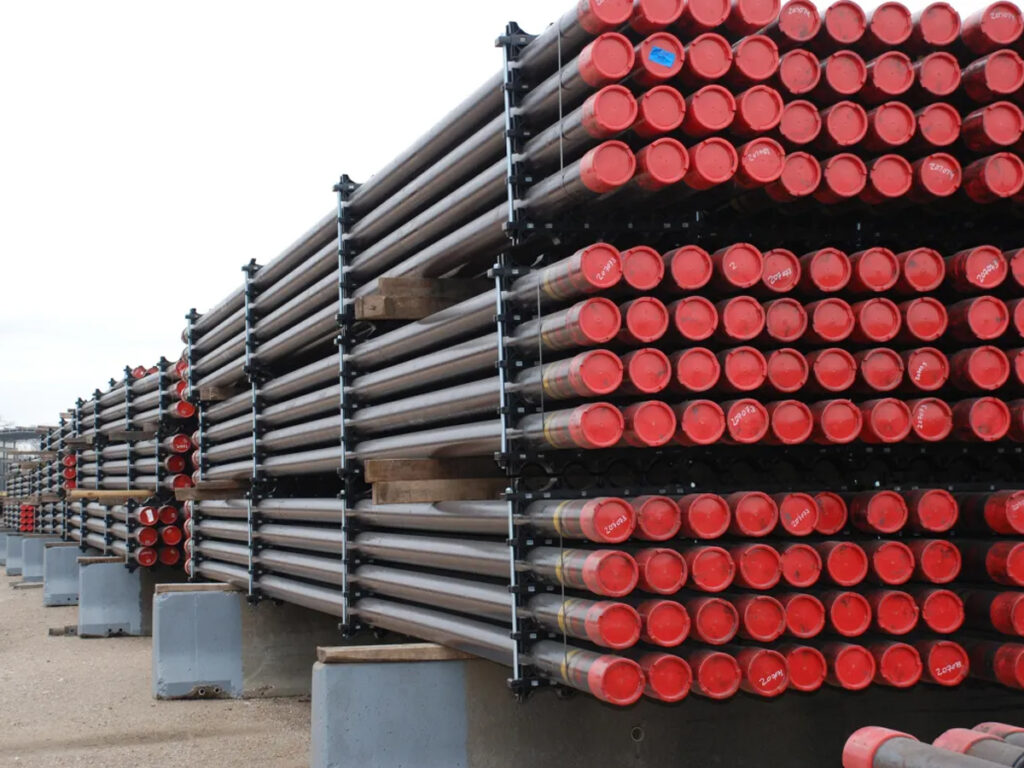
Industry standard
The more important international oil and casing industry standards include API 5CT, ISO 11960, GOST 632, etc.
Among them, API 5CT is a standard developed by the American Petroleum Institute and is widely used by the oil and gas industry around the world.
ISO 11960 is a standard issued by the International Organization for Standardization and is commonly used in the petroleum industry around the world. GOST 632 is the standard adopted by the Russian oil industry.
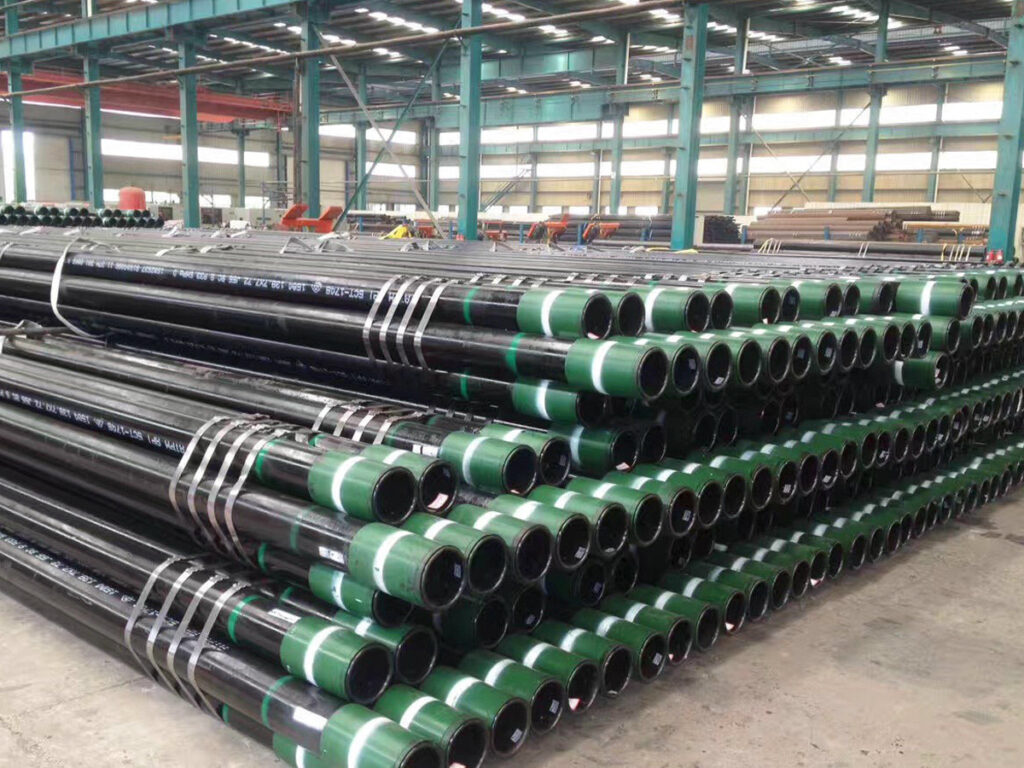
API 5CT
API 5CT is the petroleum casing specification issued by the American Petroleum Institute. This specification stipulates the size, material, technical requirements, etc. of oil casing.
According to API 5CT specifications, the size standards of oil casing mainly include the following aspects:
- Outside diameter (OD): According to API 5CT specifications, the outside diameter of oil casing can range from 2.375 inches to 20 inches. Common outside diameters include 4.5 inches, 5 inches, 5.5 inches, 7 inches, etc.
- Wall Thickness: The wall thickness of oil casing varies according to different outer diameters and materials, usually ranging from 0.224 inches to 1.000 inches.
- Steel grade: API 5CT specification defines multiple steel grades of oil casing, including H40, J55, K55, N80, L80, C90, T95, P110, etc. Different steel grades have different mechanical properties and corrosion resistance.
- Connection method: API 5CT specification also stipulates the connection method of casing, including external thread (EUE) and internal thread (NU). These connection methods can meet the different requirements of casing construction in wells and oil and gas production.
- Length: API 5CT specification specifies the length of oil casing within a range, usually R1 (18-22 feet), R2 (27-30 feet) and R3 (38-45 feet), etc.
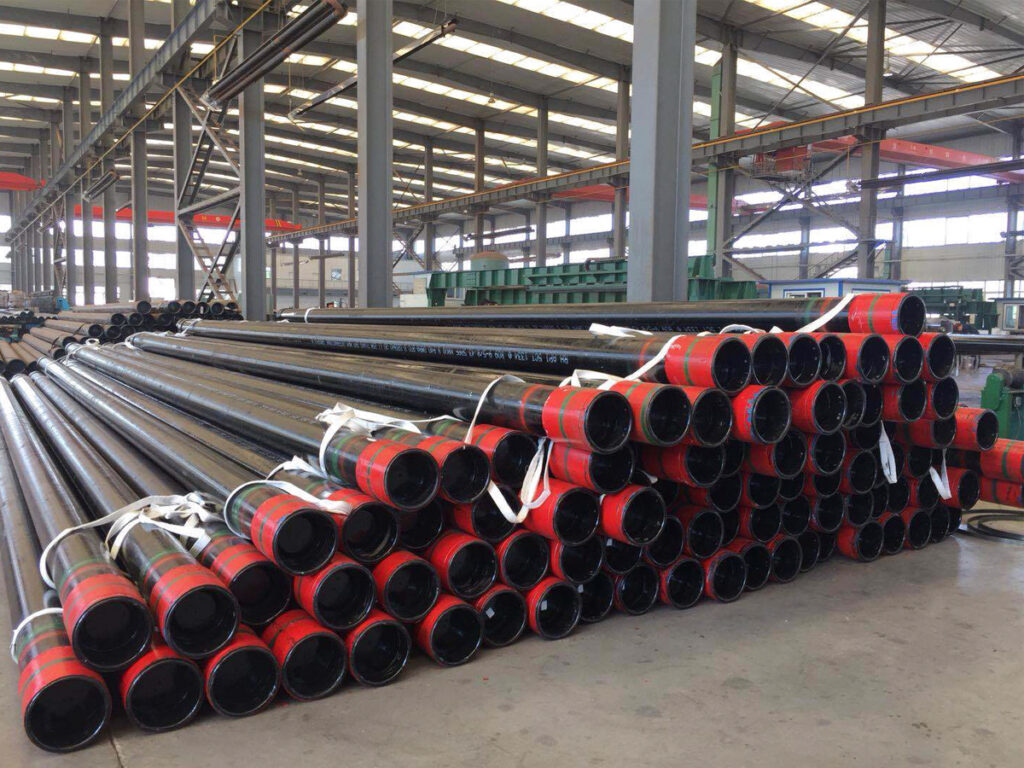
Summarize
As an important part of oil well production, the selection of oil casing specifications and parameters plays a decisive role in production efficiency and oil well safety.
I hope this article will help readers understand the knowledge and use of oil casing.


